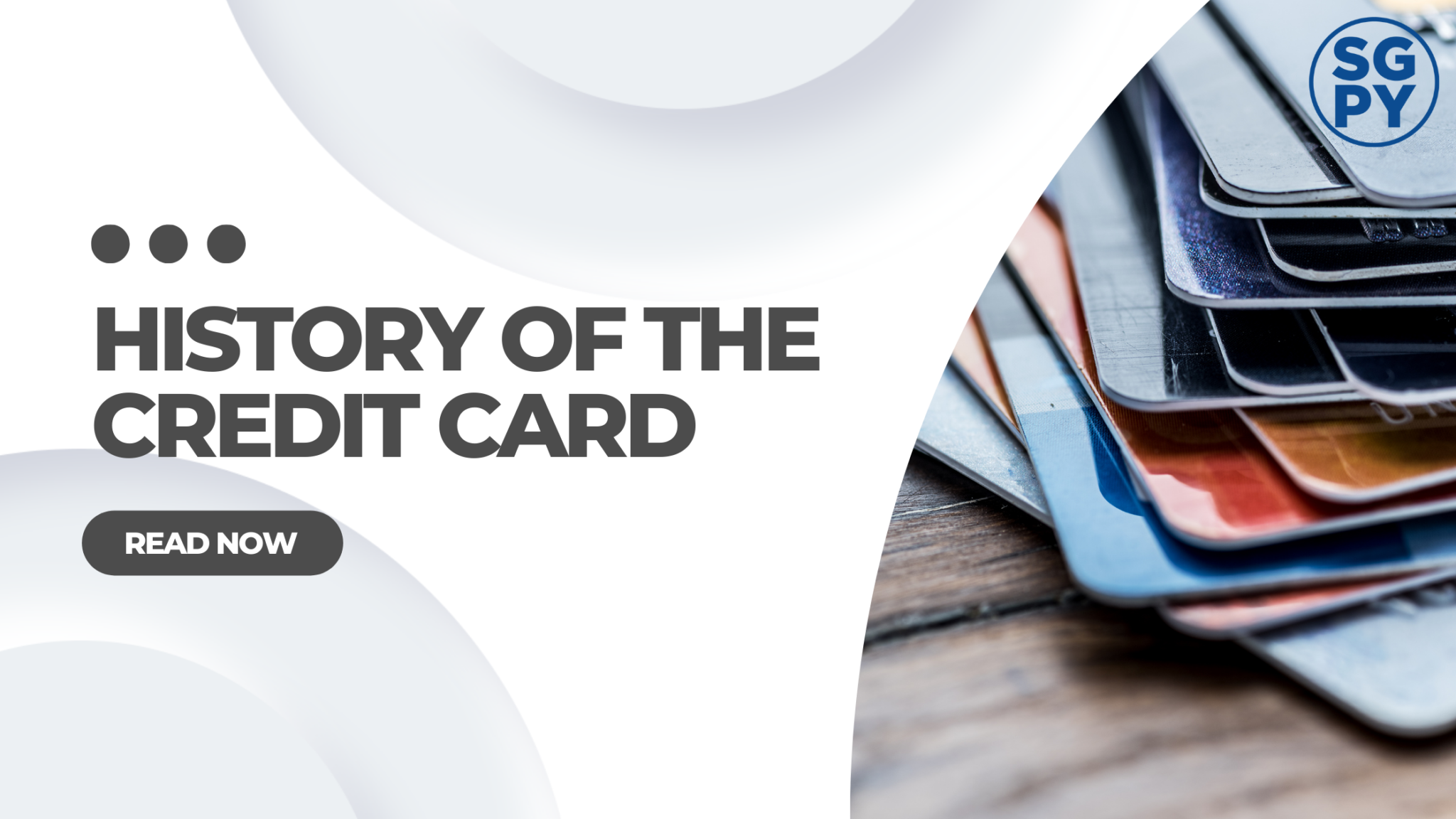The Credit Card: A Brief History of How We Pay

Credit cards are an invention we easily take for granted. Roughly 1.01 billion credit card transactions occur every single day across the globe. Have you ever wondered how the credit card came about? Credit was used long before the credit card was invented. In 1700 B.C, farmers in the Middle East would request extended credit until their harvest of fruits and vegetables were available. This created a model that would later transform into a tangible item millions of people use daily, the credit card.
Here is some history of how the credit card originated and how it has evolved over the years.
- The first “credit cards” created were uniquely etched coins and metal plates. The coins and metals were “stamped” by the merchants with a special imprint to signify the creditor and borrower involved in a specific transaction. By the 1930s, department stores would issue their own line of credit card where purchases could made on account, but only at those specific stores.
- The unofficial founder of the credit card as we know it today is a businessman by the name of Frank McNamara. The idea for creating a credit card came to him in 1949 after forgetting his wallet while dining at a restaurant in New York. He said it was an embarrassment he didn’t want to face again.
- In February 1950, one year later, McNamara returned to the same restaurant he forgot his wallet at and used a cardboard card, what he called the Diner’s Club Card. This event was declared the “First Supper” paving the way for the first multipurpose charge card.
- The Diners Club Cards were only useful for one-time transactions with a single merchant. In 1958, American Express displaced Diners Club and introduced the first plastic credit card. By 1963, American Express claimed one million active cards and over 85,000 retailers and merchants.
- Soon big banks started to enter the credit card market. The Bank of America credit card, which would later morph into the Visa card, was available nationwide in 1966.
- As credit card users increased drastically, the Interbank Card Association was formed. This led to big bank executives collaborating through card associations to come out with big bank-sponsored credit cards.
- The magnetic stripe verification feature on credit cards was presented in the early 1960s and would be the primary credit card verification feature for the next four decades.
- As technology matured, credit card providers shifted to the radio frequency identification card. This was created in the early 2000s which allows users access to touchless identification verification. This NFC verification provided quicker transactions and offered card users more security.
- In 2011 Google Wallet and Apple Pay were made available to mobile phone users. These technologies allow for users to tap their device to a merchant’s card reading unit to complete a transaction. The technology for the use of credit cards will keep advancing with DNA scanning and artificial intelligence already on the horizon.
Recent blog posts
The latest industry news, interviews, technologies, and resources
Strategies for Improving Cost Control and Expense Control
Boosting Your Bottom Line: Strategies for Improving Cost and Expense Control In the fast-paced world of business, keeping a tight grip on costs and expenses is essential for maintaining profitability …
No-Fee Payment Processing: What Businesses Need to Know
No Fee Payment Processing: Understanding Surcharging, Cash Discounts, and Dual Pricing Credit card transactions offer convenient payment options for consumers but often come with fees that can burden businesses. Fortunately, …
Understanding PCI Compliance: Safeguarding Your Business
Discover the essential role of PCI compliance in safeguarding sensitive payment information in today’s digital landscape. Learn about the Payment Card Industry Data Security Standard (PCI DSS) and its stringent requirements for protecting cardholder data across online, in-store, and mobile payment channels. Explore the impact of PCI compliance on data security, operational efficiency, and customer trust. Discover how adherence to PCI standards can mitigate financial risks such as regulatory fines and reputational damage, while enhancing long-term business sustainability. Explore more about PCI compliance and secure your business’s future today.